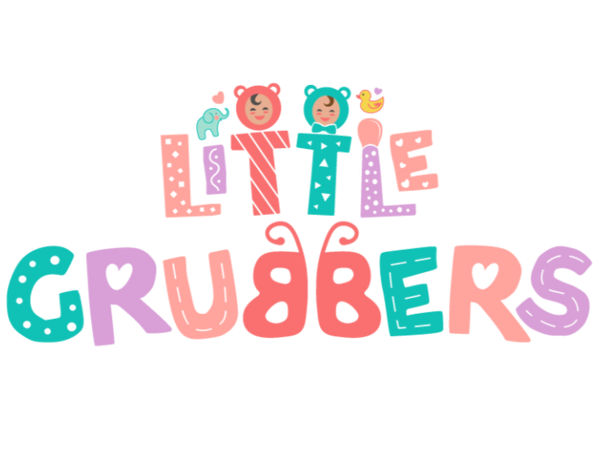A Common Question for Every Parent
As parents, we’re constantly wondering, “Am I feeding my baby enough—or too much?” It’s a question that doesn’t come with a one-size-fits-all answer, but with a little guidance, you can feel confident in your baby’s feeding journey.
In this simple guide, we’ll explore how much your baby should eat, from newborns to the early stages of introducing solids. Whether you’re breastfeeding, bottle-feeding, or starting solids, these tips will help you make informed decisions and create stress-free mealtimes.
1. Understanding Baby’s Hunger Cues
Every baby is different, and their hunger cues are the best indicators of how much they need to eat.
Common Hunger Cues
- Rooting (turning their head toward your hand or chest)
- Sucking on hands or fingers
- Crying (as a late-stage cue)
By recognizing these signs, you can respond promptly and avoid overfeeding or underfeeding.

2. Feeding Amounts by Age
Your baby’s nutritional needs change as they grow. Here’s a breakdown of how much to feed your baby based on their age:
0–6 Months
- Breastfeeding: Feed on demand, typically 8–12 times a day.
- Formula: 2–3 ounces per feeding, gradually increasing to 4–6 ounces.
6–9 Months
- Begin introducing solids alongside breastmilk or formula.
- Offer 1–2 tablespoons of pureed food per meal and gradually increase to 2–4 tablespoons.
9–12 Months
- Your baby will start eating 3 meals a day with snacks.
- Offer soft finger foods and mashed meals, with portion sizes around ¼–½ cup per meal.
3. Signs Your Baby Is Full
Just as babies have hunger cues, they also have signals that they’re full. Recognizing these signs can help prevent overfeeding.
Common Fullness Cues
- Turning their head away from food or the bottle
- Spitting out food or milk
- Playing with their spoon or food instead of eating
Remember, it’s okay if your baby doesn’t finish every meal. Babies are naturally good at self-regulating their intake.

4. What Foods Should You Start With?
When introducing solids, the types of foods you offer can make a big difference in your baby’s experience.
Best First Foods
- Iron-rich options like pureed meats or fortified cereals
- Soft fruits like bananas and avocados
- Steamed vegetables like carrots or sweet potatoes
Use baby-friendly utensils like the 3-in-1 Baby Spoon™ to make scooping and self-feeding easier as they grow.

5. How to Balance Milk and Solids
As solids become a part of your baby’s diet, you might wonder how to balance them with breastmilk or formula.
Guidelines for Balancing Milk and Solids
- Continue offering breastmilk or formula as the primary source of nutrition until 12 months.
- Introduce solids gradually, starting with 1 meal per day and working up to 3 meals.
- Offer milk after solids to encourage exploration of new foods.
6. Adjusting Portion Sizes Based on Growth
Babies grow quickly, and their appetite can vary depending on growth spurts or activity levels.
Tips for Adjusting Portions
- Pay attention to hunger and fullness cues rather than strict portion sizes.
- During growth spurts, your baby may eat more than usual—this is normal!
- Gradually introduce new textures and flavors to keep mealtime interesting.
Simplify Mealtime with the 3-in-1 Baby Spoon™
Navigating how much your baby should eat can feel overwhelming, but with the right tools and approach, you’ve got this!
The 3-in-1 Baby Spoon™ is designed to support your baby’s feeding journey from their first bites to self-feeding success. Its easy-to-grip design and multipurpose functionality make mealtime a breeze.
Ready to make mealtime stress-free and fun? Check out Little Grubbers’ 3-in-1 Baby Spoon™ today and help your baby thrive!

